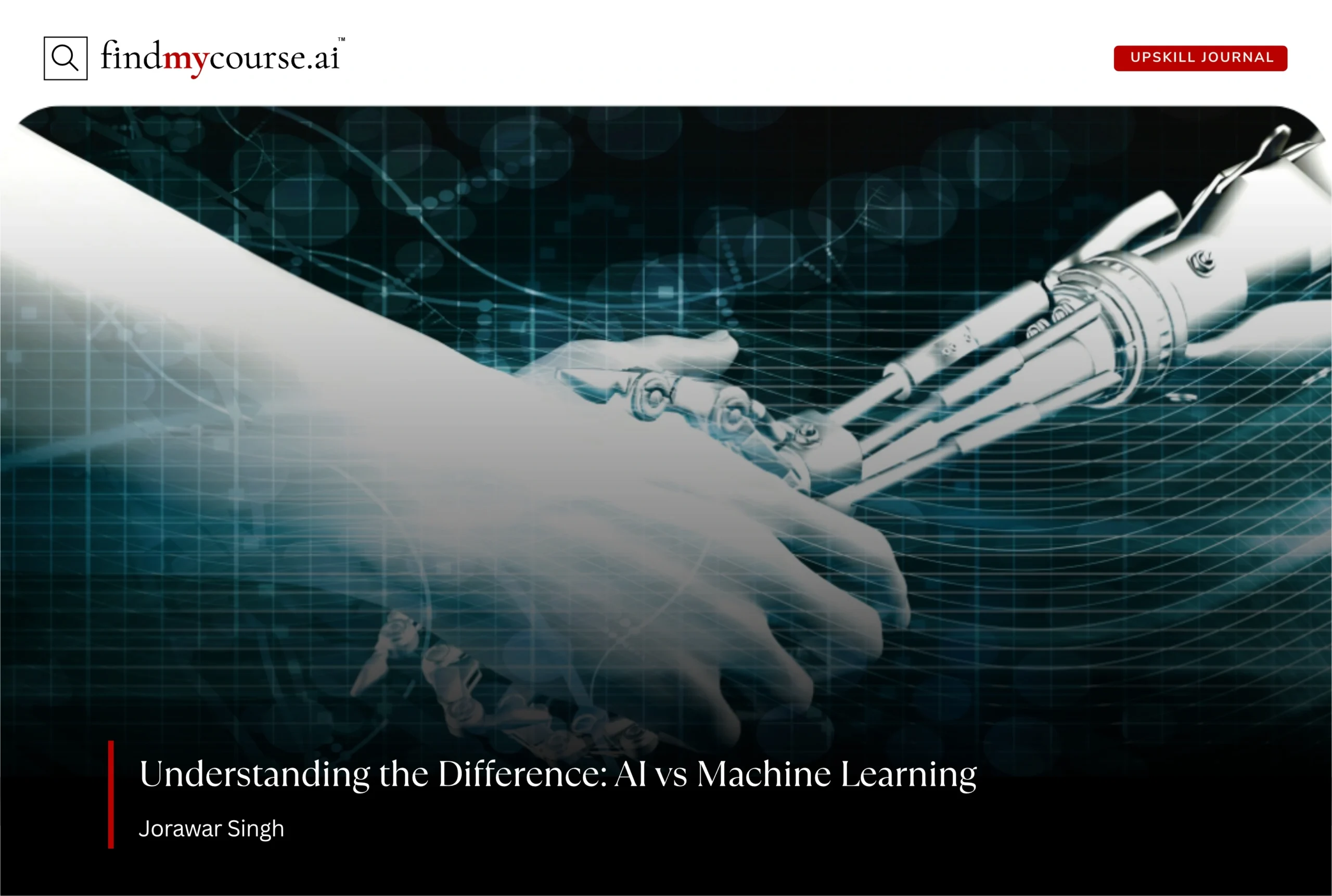You’ve probably heard a lot about “AI” and “machine learning” lately—they seem to be everywhere, from news stories to job ads. While these terms often get used together, the whole topic of AI vs Machine Learning is about understanding that they don’t actually mean the same thing. Knowing the difference can help you better understand the technology that’s shaping our world and maybe even your future. Let’s break down what sets AI and machine learning apart, and why it’s worth learning.
Understanding Artificial Intelligence
Artificial Intelligence, or AI, is a broad field focused on making machines behave in ways that seem intelligent. If a system can make decisions, understand language, or even play a strategy game, it falls under AI. Early AI was all about programming computers to follow rules, solve problems, or mimic logical thinking. Today, AI covers everything from simple automation to complex decision-making systems that power voice assistants or recommend your next movie.
In essence, AI is the big idea: the quest to build smart systems that can perform tasks we usually associate with human intelligence.
Machine Learning: How Computers Learn
Within the world of AI, machine learning has become the driving force behind much of the progress we see today. Instead of telling a computer exactly what to do, machine learning gives it the ability to learn from examples. Imagine teaching a child to recognize cats by showing pictures—in a similar way, machine learning algorithms improve as they see more data.
This approach means computers can spot patterns, make predictions, and even adjust to new situations without being programmed for every possibility. That’s why machine learning is at the heart of so many modern AI applications, from language translation to detecting credit card fraud.
AI vs Machine Learning: The Main Distinctions
It’s easy to think of AI as the broader universe, with machine learning as one of its brightest stars. All machine learning is a form of AI, but not all AI relies on machine learning. Some AI systems, for example, follow strict rules and logic to make decisions. These may not adapt or improve over time.
In contrast, machine learning is all about adaptation. The more data it gets, the better it becomes. This learning process makes machine learning systems flexible and capable of handling new or unexpected situations.
Spotting the Difference in Daily Life
To see the difference in AI vs Machine Learning, just look around your daily life. AI is present when your smartphone understands your voice or your car’s navigation system finds a route. These systems often blend a range of techniques, including rule-based reasoning.
However, when your streaming service suggests a movie you’ll love or your email automatically sorts out spam, machine learning is hard at work. These systems have learned from huge amounts of data—your past choices, or patterns in millions of emails—and are constantly improving their suggestions and filters.
In healthcare, AI helps doctors with diagnoses, but it’s machine learning that can sift through thousands of medical images to spot early signs of illness with increasing accuracy.
The Advantages and Challenges
AI has changed the way we live, making everyday tasks easier and more efficient. It’s ideal for automating routine work, handling large volumes of data, or making fast decisions.
Machine learning adds an extra layer: it brings adaptability. A machine learning system can improve, evolve, and surprise you with solutions that go beyond what its creators imagined. This is especially important in fields like finance, where algorithms need to spot new types of fraud, or in medicine, where new diseases can emerge.
Still, both approaches have challenges. AI can require significant investment and expertise to develop. Machine learning systems, meanwhile, are only as good as the data they receive. Poor-quality or biased data can lead to mistakes, and keeping these systems up to date can be a major undertaking.
AI vs Machine Learning: Side-by-Side Comparison
| Aspect | Artificial Intelligence (AI) | Machine Learning (ML) |
| Definition | Broad science of creating smart machines with human-like abilities | Subfield of AI where machines learn from data |
| Approach | Uses rules, logic, or learning; may be programmed explicitly | Always uses data and algorithms to learn |
| Learning | May or may not involve learning from experience | Learning from data is essential |
| Data Dependency | Not always data-driven | Strongly data-driven |
| Adaptability | Some systems adapt, others follow fixed rules | Continuously adapts and improves |
| Examples | Voice assistants, expert systems, chatbots | Spam filters, product recommendations, vision |
| Relationship | AI is the wider field; includes machine learning as a subset | ML is one way to achieve AI |
Ethical Challenges: How AI and Machine Learning Differ
While both AI and machine learning raise important ethical concerns, the nature of those challenges can vary between the two:
- Bias: In traditional AI systems, bias can result from human-designed rules or logic. In machine learning, bias often comes from the data the system learns from, which can lead to unfair or unintended outcomes.
- Transparency: AI systems based on clear rules are generally easier to understand and explain. Machine learning models—especially complex ones like deep learning—can be much harder to interpret, often acting as “black boxes.”
- Privacy: Both require data but machine learning typically uses much larger datasets than AI does, so it increases personal privacy risks if organizations don’t handle data securely..
- Accountability: With rule-based AI, responsibility is often easier to trace back to the creators. With machine learning, it can be challenging to pinpoint exactly why a model made a certain decision, complicating accountability.
- Fairness: Both need fair outcomes, but machine learning makes it harder to detect and fix fairness issues, since training data can hide biases.
Understanding these AI vs Machine Learning differences helps us address ethical challenges more effectively, so both can be used responsibly and for the benefit of all.
Final Reflections on AI and Machine Learning
As we look ahead, the partnership between AI and machine learning will only become more important, quietly shaping everything from the way we travel to the way we learn and solve problems. Though their differences matter, both are driving technology forward—making everyday life more intuitive, efficient, and even inspiring in ways we may not always notice. Understanding what sets AI vs Machine Learning apart helps you keep pace with change and opens your eyes to the remarkable opportunities these tools can offer, whether you’re navigating the latest apps or dreaming up the next breakthrough.
No matter where you are on your learning journey, a little knowledge goes a long way—and now is an ideal time to start exploring. If you ever find yourself curious or needing a guide, remember: our AI assistant is always here to help you make sense of it all, every step of the way.


